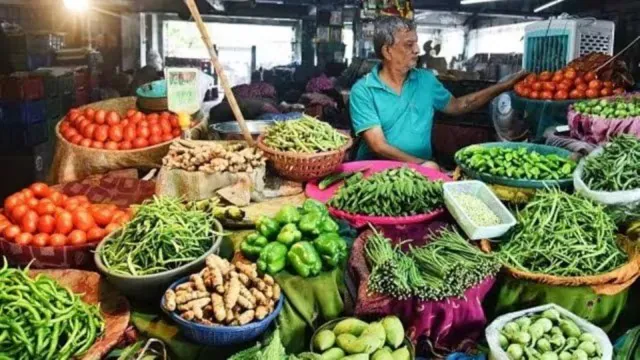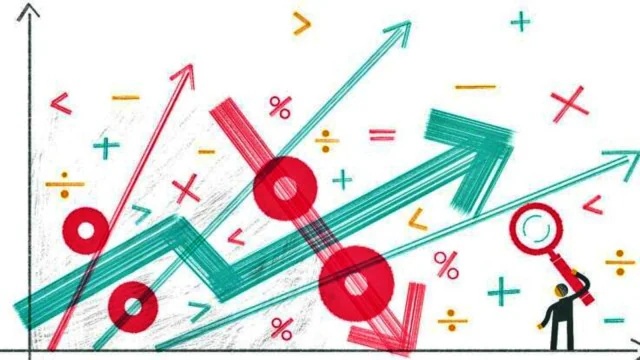The farmers’ share in the consumer rupee is estimated at around 33 per cent for tomato, 36 per cent for onion and 37 per cent for potato, the study says.

Wholesalers and retailers are pocketing almost two-third of what consumers pay to buy vegetables and fruits from the market.
An analysis of farmers’ share in consumer rupee for the three key vegetables – tomato, onion and potato (TOP) — suggests that farmers are getting around only one third of the price that a consumer is paying, according to studies on vegetables, pulses and fruits inflation conducted by the Reserve Bank of India (RBI).
The farmers’ share in the consumer rupee is estimated at around 33 per cent for tomato, 36 per cent for onion and 37 per cent for potato, the study says.
The RBI paper estimates farmers’ share in the consumer rupee which works out to 31 per cent for bananas, 35 per cent for grapes and 43 per cent for mangoes in the domestic value chain. In the export value chain, while the share is higher for mangoes, it is lower in case of grapes, although the realised price is higher than the domestic value chain, it says.
“The rest is apportioned by the wholesalers and retailers – unlike other sectors like dairy, where farmers are getting around 70 per cent of the final price,” according to a series of RBI research papers.
In the case of pulses, while assessing the value chains, the study estimated that approximately 75 per cent of the consumer rupee spent on gram (chana) circulates back to farmers, while the share is around 70 per cent for moong and 65 per cent for tur.
RBI studies show that unlike cereals and dairy products, where procurement and marketing are relatively developed, TOP vegetables lack an efficient value chain system. This is mainly attributed to the perishable nature of the crop, regional and seasonal concentration, lack of adequate storage facilities, and presence of large number of intermediaries.
The outbreak of COVID-19, followed by the country-wide lockdown in 2020, exposed the bottlenecks in the supply chains and marketing infrastructure in the country for TOP. In the flush season, farmers are often seen discarding their crops or resorting to distress sale when prices drop way below their production costs, according to the study.
On the other hand, in the lean season, consumers face higher price pressures. This boom-and-bust cycle of TOP is due to the inefficient marketing system and lack of well-integrated value chains with a widening gap between what farmers receive and what consumers pay.
“The study by Gulati and Saini (2013) emphasised the need to increase the supply responses and correct the anomalies in the supply chains by allocating large investment in agriculture research and development (R&D) in the areas of high yielding varieties of seeds, irrigation, logistics, processing plants and so on,” it says. Another study by Ganguly and Gulati (2013) pointed out that rising price pressures of high value commodities resulting from increasing demand can be corrected by streamlining the supply chains, according to the paper.
Within vegetables, tomato, onion, and potato are the three principal crops in terms of production as well as consumption. There has been a dramatic increase in the production of these three crops in the past few years.
“In 2022-23 the production of tomato, onion, and potato was 20.4 million metric tonne (MMT), 30.2 MMT and 60.1 MMT, respectively,” the study says. India has now become the second largest producer of tomato and potato in the world, contributing 11 per cent, and 15 per cent of world production in 2022, respectively. In 2021, India surpassed China as the largest onion producing country in the world and retained its position in 2022 with a share of 28.6 per cent in global production. The sharpest increase of 63 per cent in production was witnessed in the case of onion from 2013-14 to 2021-22.


